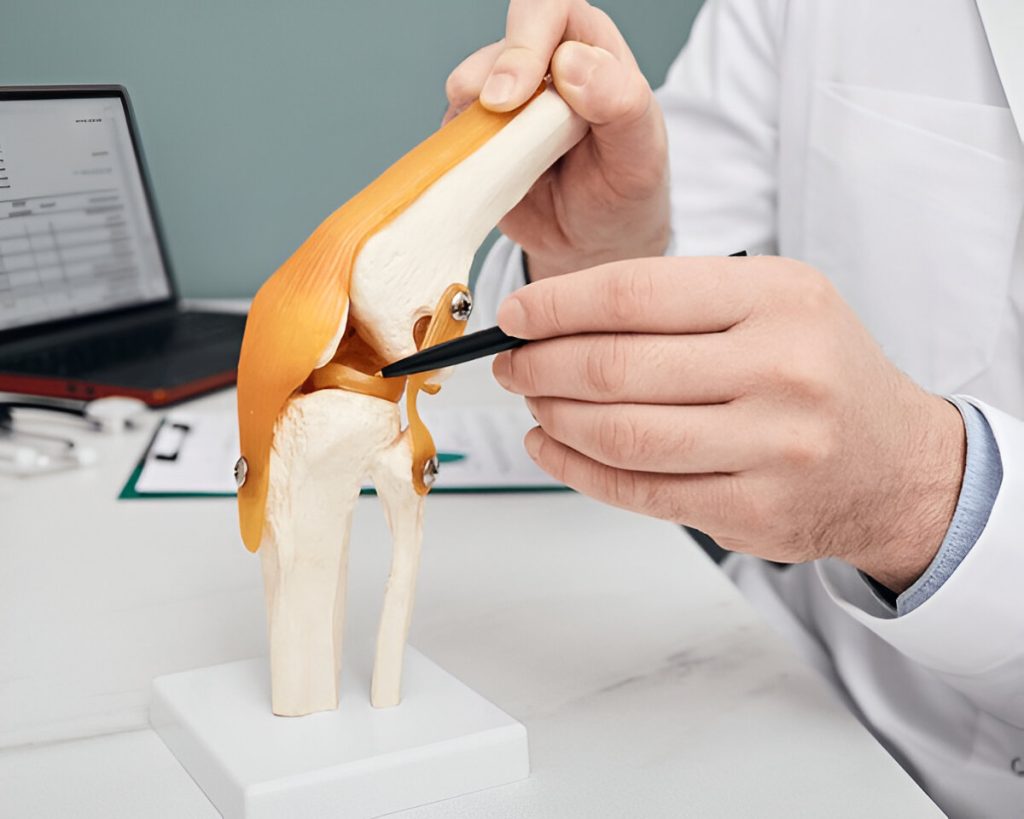What Is Meniscal Deficiency?
Meniscal deficiency refers to a condition where part—or all—of the meniscus has been lost, removed, or is no longer functioning properly. This can result from previous partial or total meniscectomy, repeated meniscus injuries, or degenerative changes over time.
When the meniscus is no longer present to absorb shock and distribute load evenly across the knee joint, the result is increased stress on the cartilage, leading to pain, swelling, and early joint degeneration.
Causes of Meniscal Deficiency
-
Prior meniscectomy surgery (especially large or total removal)
-
Chronic complex meniscus tears that become non-functional
-
Recurrent injuries that degrade the tissue over time
-
Congenital absence or underdevelopment (rare)
Why It Matters
The meniscus is crucial in:
-
Shock absorption
-
Joint stability
-
Preventing cartilage wear
When meniscus tissue is deficient, patients may experience:
-
Persistent or recurrent knee pain
-
Swelling after activity
-
A grinding or catching sensation
-
Limited ability to participate in sports or high-impact activities
-
Early development of arthritis
Diagnosing Meniscal Deficiency
At Kerlan Jobe Institute, diagnosis begins with:
-
Detailed patient history
-
Physical examination to assess joint line tenderness, swelling, and range of motion
-
High-resolution MRI to evaluate meniscus status, cartilage condition, and underlying alignment issues
-
Weight-bearing X-rays to assess joint space and early arthritis
Treatment Options for Meniscal Deficiency
Treatment depends on the severity of symptoms, age, activity level, and the condition of surrounding cartilage.
Non-Surgical Treatment
-
Activity modification
-
Anti-inflammatory medications
-
Physical therapy to strengthen supporting muscles
-
Use of a brace or unloading orthotic
-
Injections: Corticosteroids or biologic options like PRP or hyaluronic acid
These approaches may reduce symptoms but do not restore meniscus function.
Surgical Options
1. Meniscus Transplantation
-
A donor meniscus is implanted to replace the missing tissue.
-
Best for younger patients with painful meniscus deficiency but minimal arthritis.
-
Requires intact joint alignment, stable ligaments, and healthy cartilage.
-
Performed arthroscopically using precise sizing and graft positioning.
2. Osteotomy (Alignment Surgery)
-
Realigns the bones of the knee (femur or tibia) to offload pressure from the damaged area.
-
Often combined with meniscus transplant or cartilage restoration procedures.
3. Cartilage Restoration Procedures
-
May be used if meniscal deficiency has caused significant cartilage wear.
-
Options include microfracture, OATS (osteochondral grafts), or autologous chondrocyte implantation (ACI).
Who Is a Candidate for Meniscus Transplantation?
Ideal candidates are:
-
Younger than 50
-
Missing most or all of their meniscus
-
Experiencing persistent joint pain
-
Still active and wish to preserve the joint
-
Have minimal arthritis and good alignment
Our Meniscus Preservation Philosophy
At Kerlan Jobe Institute, we aim to preserve and protect the meniscus whenever possible. When meniscal deficiency occurs, we use advanced imaging, surgical expertise, and a personalized approach to restore function and delay the onset of arthritis.

